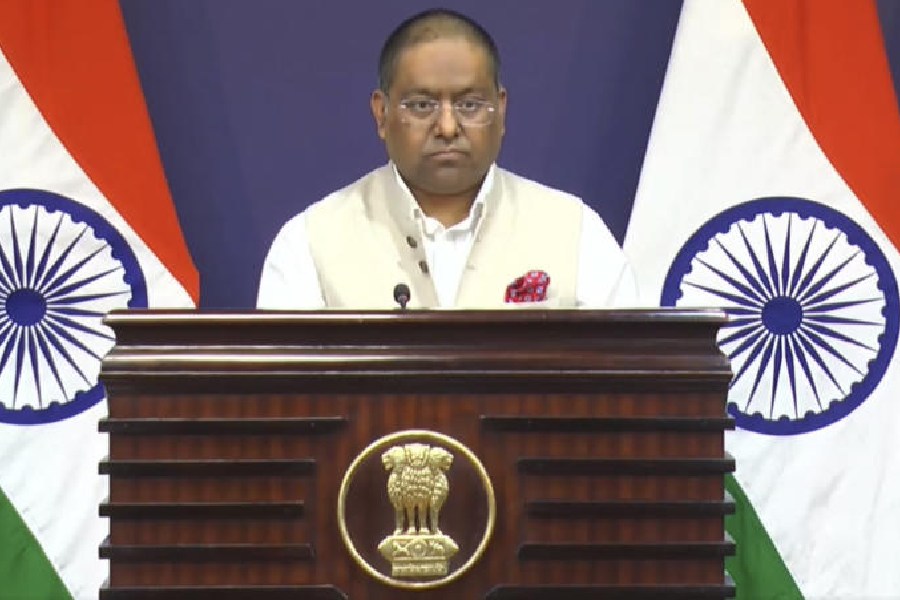 |
| FIGHT FOR SURVIVAL |
Oct. 9: In the words of the Greek moralist and biographer Plutarch, the dolphin is the only creature “nature has granted what the best philosophers seek: friendship for no advantage”.
Nineteen centuries after this immortal tribute, the mortality of the dolphin in the poacher-infested waters of the Barak in Cachar district has come into sharp focus.
Estimates by the district forest office and NGOs had pegged the total population of river dolphins in Narayandar and Kashipur at 60 two years ago. But environmentalists say that the spurt in dolphin poaching in these two habitats has put a question mark on the very survival of the species in these parts.
Dolphins are hunted for their oil, which is believed to have medicinal properties that help in the treatment of disorders of the nervous system.
The Society of Activists and Volunteers for Environment, a Cachar-based NGO, believes encroachment by Mizo tribesmen on the forests along the eastern banks of the Barak is the most potent threat to the survival of river dolphins. Most of these encroachers hunt dolphins.
Jishnu Dutta, the administrative secretary of the NGO, said that apart from trapping the dolphins with gill nets, Vaphei tribesmen had been polluting the Barak by dumping pesticides like Malathion and Thaoden. These chemicals kill aqua life, including dolphins.
The district administration had banned fishing along the Kashipur stretch of the Barak river three years ago, but that has been no deterrent to dolphin poaching.
Gangetic dolphins (Platanista gangetica) grow upto eight feet in length and weigh 100kg on an average. They are included in Schedule I of the Wildlife Act, 1972.










